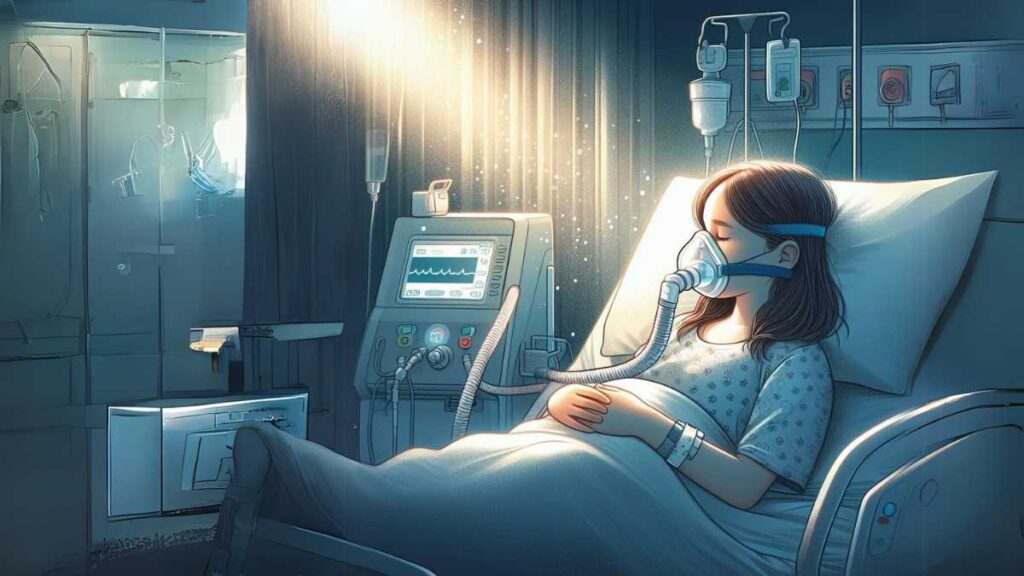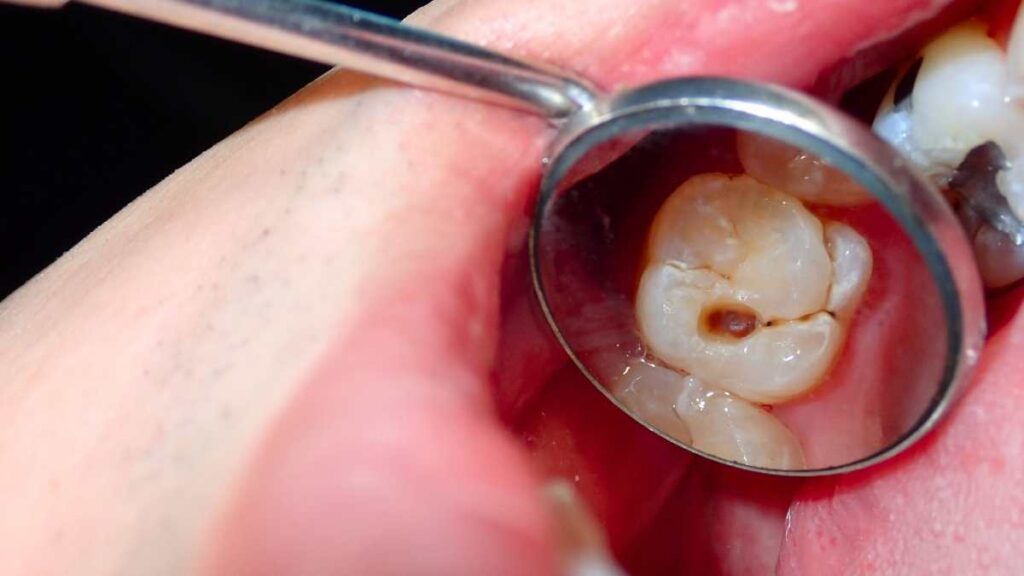Are you or a loved one grappling with respiratory challenges and considering the use of a BiPAP machine? Understanding the duration one can rely on this life-saving device is paramount. In this comprehensive guide, we delve into the crucial question: “How long can someone live on a BiPAP machine?” Whether you’re navigating end-of-life care decisions or exploring respiratory support options, this article provides insights to empower informed choices and enhance quality of life.
- BiPAP Machines: A Lifesaving Support for Respiratory Challenges
- Understanding How Long Can Someone Live on a BiPAP Machine
- Comparing BiPAP vs. CPAP: Choosing the Right Treatment
- Exploring the Cost of BiPAP Machines: Factors to Consider
- Understanding BiPAP in Critical Care: BiPAP vs. Ventilator
- Frequently Asked Questions
- Conclusion: Embracing BiPAP for Enhanced Respiratory Support
BiPAP Machines: A Lifesaving Support for Respiratory Challenges
In the realm of respiratory support, BiPAP machines stand as pivotal instruments aiding individuals with breathing difficulties. Whether due to chronic conditions like COPD or acute situations such as pneumonia, BiPAP offers a lifeline by providing positive airway pressure to assist in breathing. However, a common query among those considering or already using BiPAP revolves around its lifespan and the duration one can rely on it for respiratory support.
Understanding How Long Can Someone Live on a BiPAP Machine
Exploring the Role of BiPAP in End-of-Life Care
Before delving into the longevity of BiPAP usage, it’s crucial to grasp its function in end-of-life care. While BiPAP primarily serves as a non-invasive ventilation device, its role in end-of-life scenarios varies. Some individuals may choose to discontinue BiPAP as part of palliative care measures, while others may continue using it until the final stages of life.


Deciding When to Stop BiPAP: Considerations and Guidelines
One of the critical considerations in end-of-life care involving BiPAP is determining when to stop its usage. Healthcare professionals, along with patients and their families, must weigh various factors such as the individual’s quality of life, treatment goals, and prognosis. While BiPAP can provide comfort and support in managing symptoms, there may come a time when its continuation no longer aligns with the patient’s wishes or medical needs.
Exploring the Impact of BiPAP on CO2 Levels
For individuals with respiratory conditions characterized by elevated carbon dioxide (CO2) levels, such as COPD, understanding the effects of BiPAP therapy is essential. While BiPAP can help alleviate respiratory distress and improve oxygenation, its impact on CO2 levels varies. Healthcare providers monitor CO2 levels closely during BiPAP therapy to ensure optimal respiratory function and adjust treatment plans as needed.
Comparing BiPAP vs. CPAP: Choosing the Right Treatment
In the realm of sleep-disordered breathing, understanding the differences between BiPAP and continuous positive airway pressure (CPAP) is crucial. While both devices provide non-invasive ventilation, they differ in their pressure delivery mechanisms. BiPAP offers dual-level airway pressure, making it suitable for individuals with varying breathing patterns or conditions such as obstructive sleep apnea and COPD. On the other hand, CPAP delivers a constant pressure, primarily used for obstructive sleep apnea.
Here’s a comparison table between BiPAP and CPAP:
| Feature | BiPAP (Bilevel Positive Airway Pressure) | CPAP (Continuous Positive Airway Pressure) |
| Function | Provides two levels of air pressure: higher when inhaling, lower when exhaling | Provides a constant, continuous air pressure |
| Pressure | Adjustable pressure settings for inhalation (IPAP) and exhalation (EPAP) | Fixed pressure setting throughout the breathing cycle |
| Indications | Used for conditions requiring varying air pressure support, such as COPD, sleep apnea with CO2 retention | Mainly used for obstructive sleep apnea (OSA) and to maintain airway patency during sleep |
| Tolerance | May be better tolerated by some individuals due to the ability to exhale against lower pressure | Some individuals may find it challenging to exhale against constant pressure |
| Cost | Generally more expensive due to additional features and dual pressure settings | Often more affordable, as it has simpler mechanics and fewer features |
| Usage | Can be used in both acute care settings and long-term home ventilation | Primarily used for home treatment of sleep apnea and related conditions |
| Comfort | May offer greater comfort for individuals who experience difficulty exhaling against high pressure | Some individuals find it uncomfortable initially, but adapt over time |
This table provides a brief comparison of the key features and differences between BiPAP and CPAP therapy.
Exploring the Cost of BiPAP Machines: Factors to Consider
As individuals explore BiPAP therapy, understanding the associated costs is paramount. BiPAP machine prices vary depending on factors such as brand, features, and insurance coverage. While initial investment costs may seem significant, the long-term benefits of BiPAP therapy in improving respiratory function and quality of life outweigh the financial considerations for many individuals.
Enhancing BiPAP Therapy with Oxygen: Optimizing Respiratory Support
For individuals requiring additional oxygen supplementation, BiPAP with oxygen offers a comprehensive approach to respiratory support. Combining BiPAP therapy with supplemental oxygen can enhance oxygenation levels, alleviate respiratory distress, and improve overall respiratory function. Healthcare providers tailor BiPAP with oxygen settings to meet the individual’s specific oxygenation needs, ensuring optimal treatment outcomes.


Understanding BiPAP in Critical Care: BiPAP vs. Ventilator
In critical care settings, the choice between BiPAP and invasive mechanical ventilation (ventilator) depends on various factors such as the individual’s respiratory status, treatment goals, and response to non-invasive interventions. While BiPAP offers non-invasive respiratory support, ventilators provide invasive support by delivering breaths directly into the lungs via an endotracheal tube. Healthcare professionals assess the individual’s condition carefully to determine the most appropriate mode of ventilation for optimal respiratory management.
READ ALSO: Silicone Scar Sheets Before and After: Transformative Results Unveiled
Here’s a comparison table between BiPAP and a Ventilator:
| Feature | BiPAP (Bilevel Positive Airway Pressure) | Ventilator (Mechanical Ventilation) |
|---|---|---|
| Function | Provides two levels of air pressure: higher when inhaling, lower when exhaling | Provides mechanical assistance with breathing by delivering preset tidal volumes or pressures |
| Usage | Typically used for non-invasive respiratory support, often in outpatient or home settings | Used primarily in critical care settings, including intensive care units (ICUs) and operating rooms |
| Indications | Used for conditions such as sleep apnea, COPD exacerbations, and respiratory failure | Indicated for severe respiratory failure, acute lung injury, and patients requiring prolonged ventilatory support |
| Invasiveness | Non-invasive, as it delivers air through a mask or nasal prongs | Invasive, as it requires insertion of an endotracheal tube or tracheostomy tube into the airway |
| Patient Control | Allows patients to breathe on their own, with assistance during inhalation and exhalation | Controls the entire breathing process, including the rate and depth of breaths, often without patient control |
| Settings | Typically adjustable IPAP (inspiratory positive airway pressure) and EPAP (expiratory positive airway pressure) settings | Offers extensive customizable settings for tidal volume, respiratory rate, inspiratory time, and positive end-expiratory pressure (PEEP) |
| Mobility | Offers greater mobility and independence, as it can be used outside of hospital settings | Limits mobility due to the need for connection to power sources and monitoring equipment, primarily used in hospital settings |
| Complications | Lower risk of complications compared to invasive ventilation, such as ventilator-associated pneumonia | Higher risk of complications, including ventilator-associated pneumonia, ventilator-induced lung injury, and barotrauma |
This table provides a concise overview of the main differences between BiPAP therapy and mechanical ventilation with a ventilator.
Conclusion: Embracing BiPAP for Enhanced Respiratory Support
In conclusion, the lifespan of BiPAP usage varies depending on individual factors, underlying respiratory conditions, and treatment response. While some individuals may rely on BiPAP for long-term respiratory support, others may utilize it for shorter durations. By adhering to treatment plans, monitoring respiratory health, and collaborating with healthcare providers, individuals can optimize the benefits of BiPAP therapy and embrace enhanced respiratory support with confidence.


A true master in his field, Hayate takes the helm as the author of Supreme Hall’s ‘Health’ category. Through his informative and engaging blogs, he shares valuable insights on wellness, fitness, and holistic living, empowering readers to lead healthier and happier lives.


